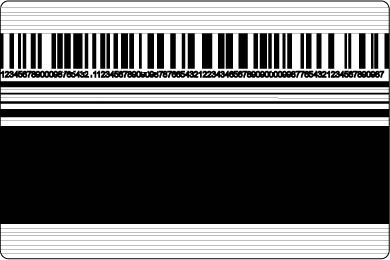
This is the most basic yet most essential element of being able to predict the results of your print prior to having it printed. The other thing I learned in that digital printing class is the importance of monitor calibration. Nobody wants to hang a print like that in their home or hospital. The proper term for that is "severely underexposed". Those same photos would look terrible as a fine art photo print or at the least would have to be completely reworked to look acceptable on paper. Those photos only look good on a screen or monitor because the screen is essentially a backlit lightbulb. Here's some insight: I see a lot of landscape photographers on Instagram and Facebook posting really dark landscapes that get a lot of likes. But more importantly I learned how to look at critical details from shadow and highlight color balance to how to properly expose a file so it looks good in print. I personally think it was a shitty slide film in hindsight but I digress. Velvia is notoriously difficult to work with so lesson learned there. That was one of about a dozen prints I had to produce for that class. There was one Fuji Velvia slide film photo that I had scanned that required 40-something hours of adjustments and more than 100 Ultrachrome test prints on Epson Premium Lustre paper to get it right.


Not so much from a technique standpoint as my processing technique today is light-years ahead of where it was back in those days but what I learned was how to view prints with a critical eye. The first time I put serious thought into producing prints was during the mid-2000's when I took a semester-long digital printing class taught by one of Galen Rowell's former gallery managers.

I've recently put in a lot of time and spent thousands of dollars into revamping my print offering but in order to make decisions that I feel good about I had to invest in test prints. They're buying a personalized creation from an artist.When buying art direct from the artist they're paying for a premium service so as a photographer / artist you owe it to your buyers to play the part. When buying artwork art collectors are not buying a commodity like paper and ink. With all the options available for photographers to print their work how does one go about deciding which papers / surfaces to print on and what presentation style if any? Should I self-fulfill or work with a professional print lab? Lots of decisions and the choices made at this stage is what separates someone that is serious about their craft vs someone who isn't.


 0 kommentar(er)
0 kommentar(er)
